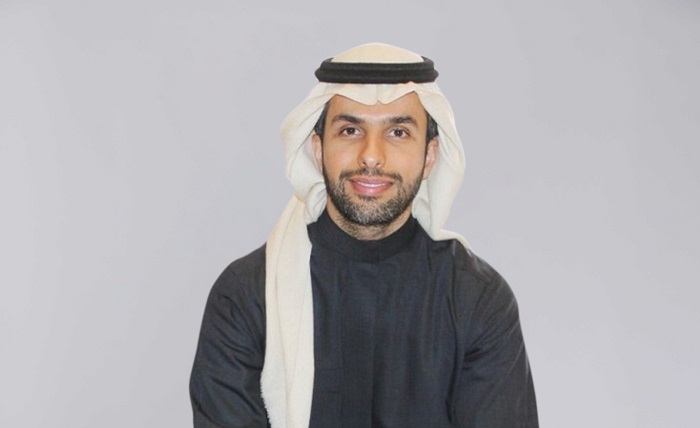
Muscat: Gulf Leaders Circle, Muscat Media Group’s GCC-wide business networking platform, recently interviewed Abdul Aziz bin Sultan, the Founder and CEO of Al Salehiya Mining. He is a seasoned entrepreneur with a strong track record in the private sector, specializing in startup ventures. At Al Salehiya Mining, he orchestrates all aspects of the business, from team building for geological surveying to comprehensive management of production, finances, risk, and client relations. He speaks to GLC about the untapped potential, and how policy changes have made mining a growing sector in the country.
Mineral wealth is undeniably a crucial pillar of the economy, providing raw materials for various industries. Mining plays a significant role in extracting and processing these valuable resources. Now, could you tell us about your company’s main focus for the years 2022 and 2023 in its operations? Moreover, how does your contribution align with Saudi Arabia’s Vision 2030?
Abdul Aziz bin Sultan: Saudi Arabia is emerging as a major player in the global economy, with investments in diverse sectors such as entertainment, tourism, and more. However, a central focus of Vision 2030 is on mining, which historically took a backseat due to the country’s dependency on oil as its primary revenue source.
The strategy was to keep mineral wealth as a contingency plan, like a safety box, for times when oil reserves may deplete or face challenges such as reduced use or low prices. In such a case, they could tap into mineral wealth as a secondary natural resource for revenue. But with Vision 2030, this approach has been completely transformed. The government now recognizes the potential of our mineral wealth and aims to make it the second most important revenue generator for the nation, even surpassing tourism.
The goal is to shift towards localized production and reduce reliance on imports. Saudi Arabia boasts abundant natural resources, particularly minerals, which have remained largely unexplored. Despite the efforts of the Saudi Geological Survey over the past few decades, around 80% of the country’s territory remains untapped in this regard.
As for our company, our primary operations lie in quarries rather than metals. However, the government is now opening up opportunities for global conglomerates to collaborate with local Saudi companies and bid on mining locations. This approach ensures the infusion of top-notch technical expertise into our endeavours.
So, what we do is start from the basics. By working with raw materials and adding value by filtering out impurities from minerals and classifying them for various industries. As local factories emerge in sectors like paints, plastics, carbon fiber, and more than 100 other industries ranging from rubber to pharmaceuticals, they rely on our materials. By prioritizing locally sourced materials, we contribute to the growth of these industries in Saudi Arabia, simultaneously offering a cost advantage to the manufacturers and ultimately delivering more affordable yet high-quality products to consumers. Our aim is to continue discovering new mineral-rich areas, which will also open up the possibility of exporting our resources in the future.
Saudi Arabia, with its abundant minerals like graphite, iron, copper, and marble, holds great potential for the mining sector. How would you describe the current state of the mining sector in Saudi Arabia, and what opportunities do you see for investors from this region to contribute to Saudi Arabia’s mining industry?